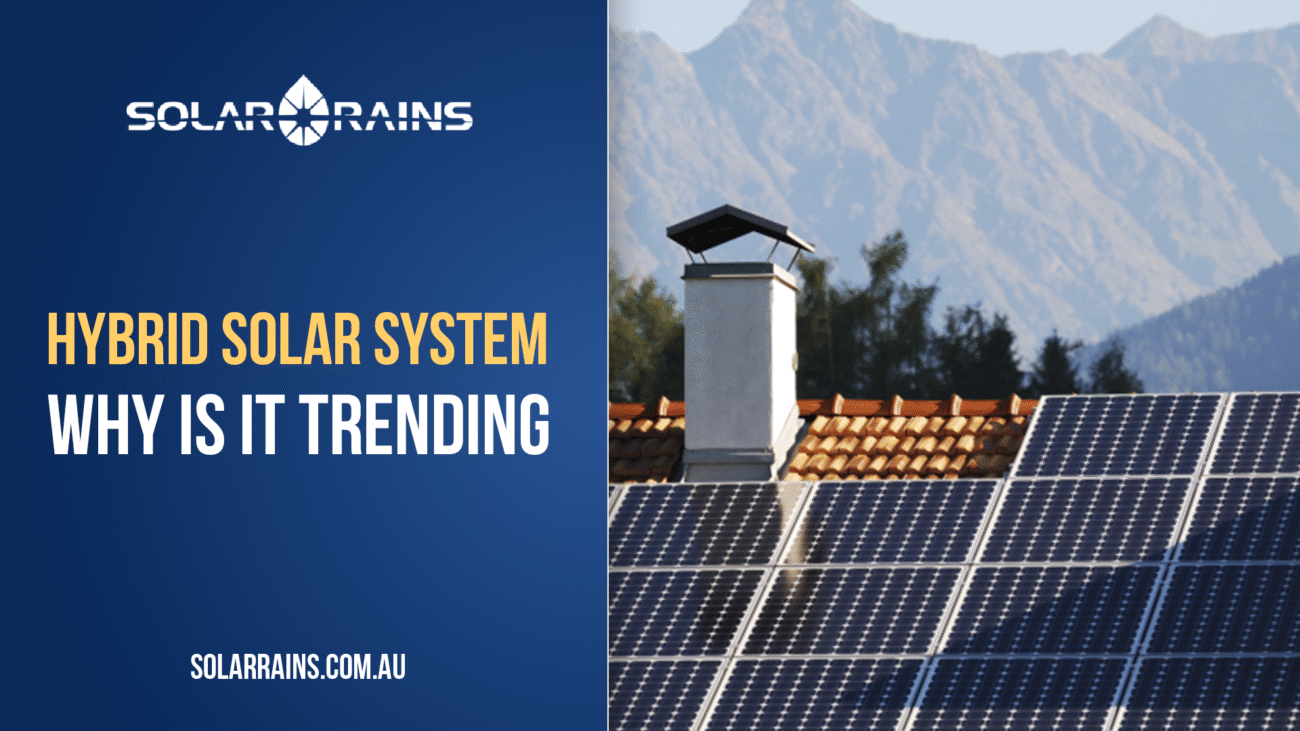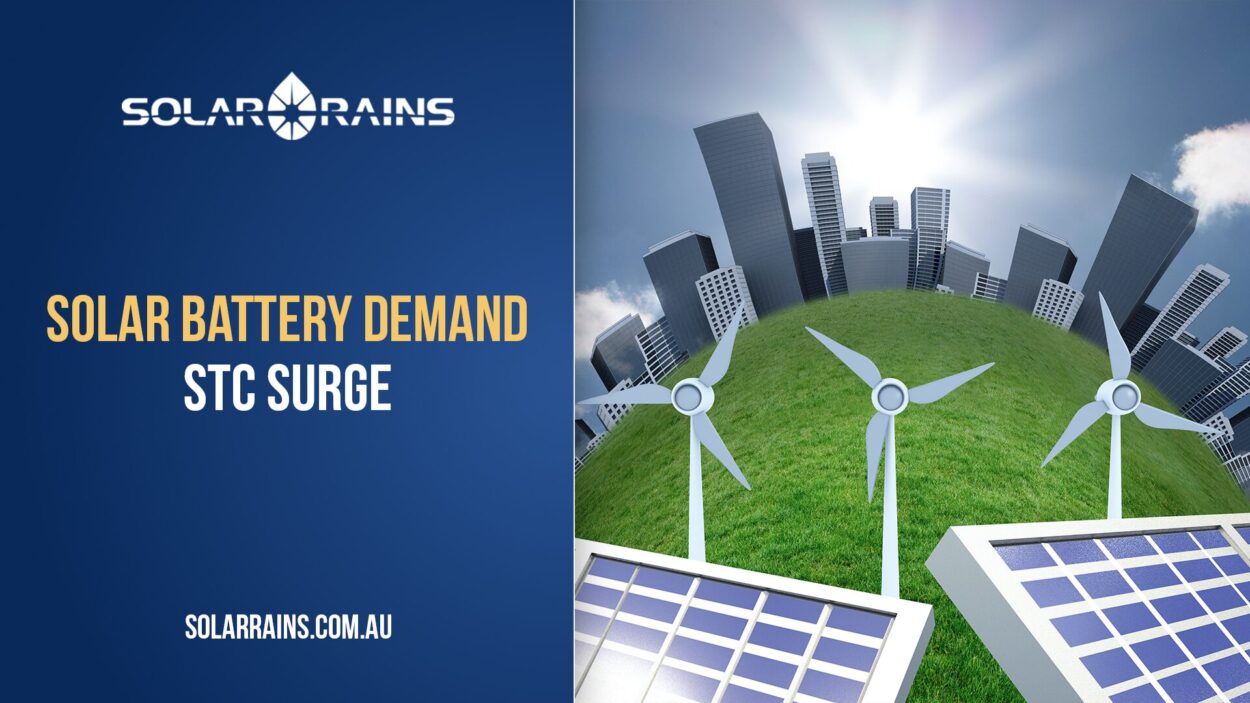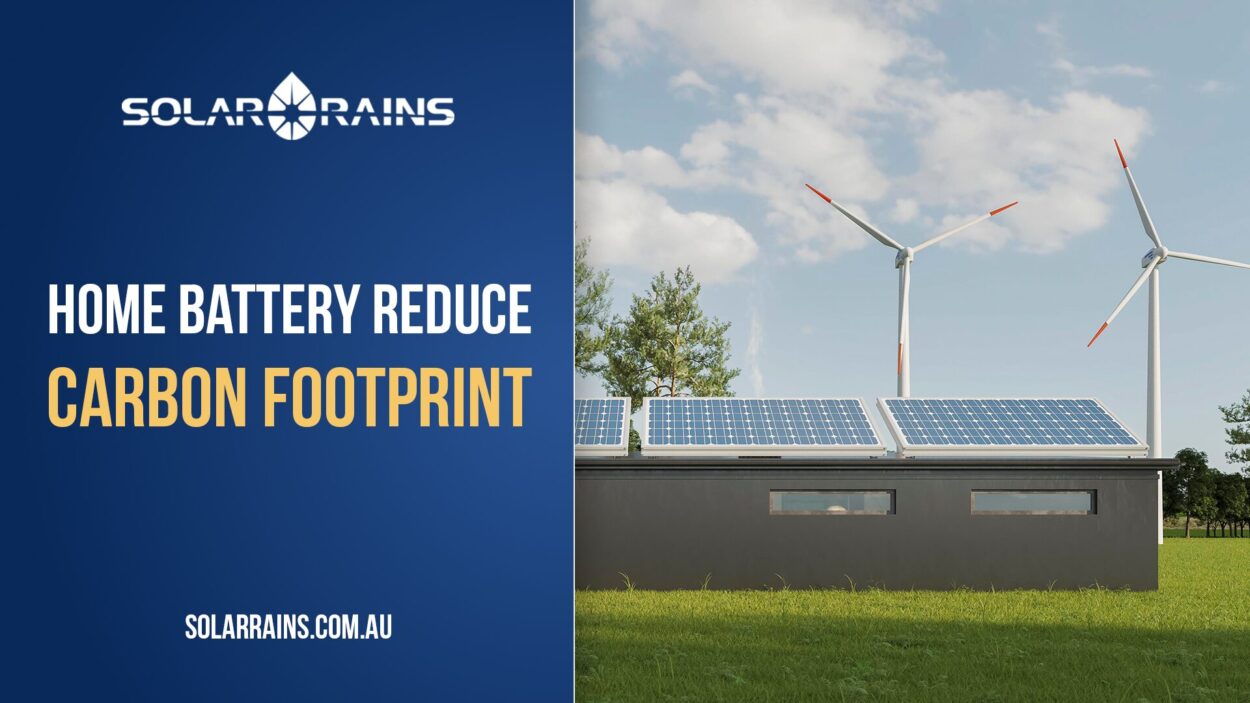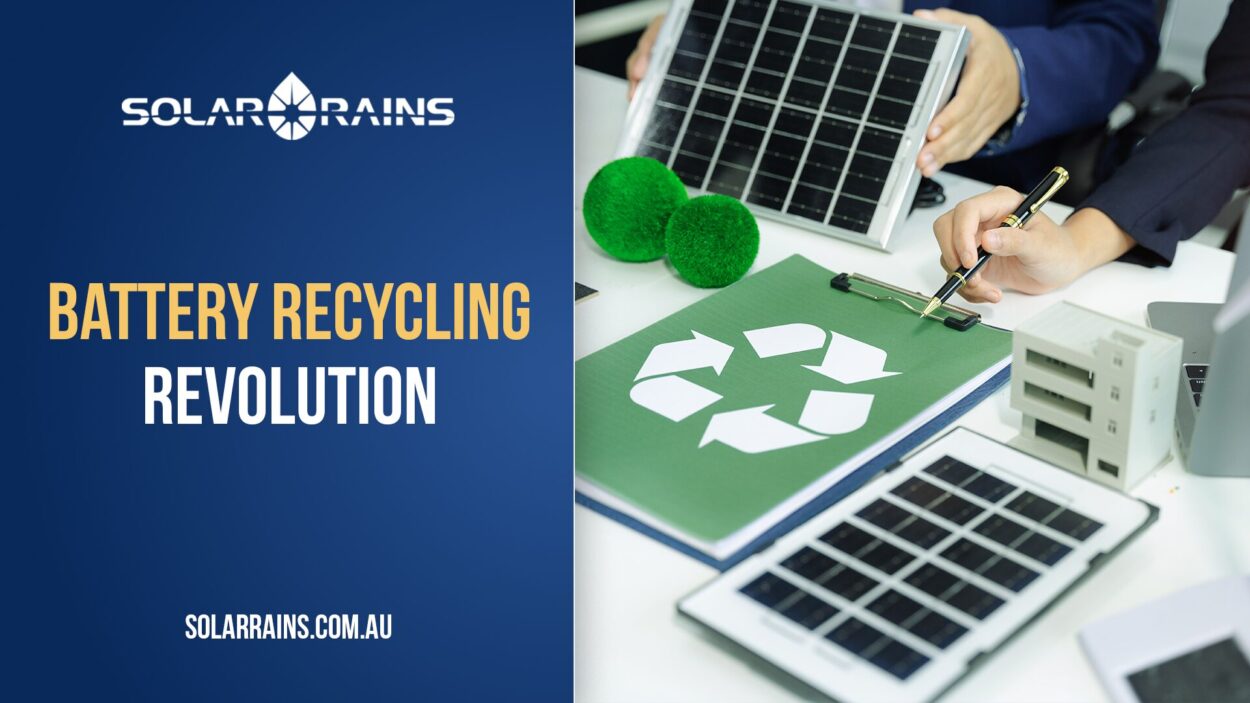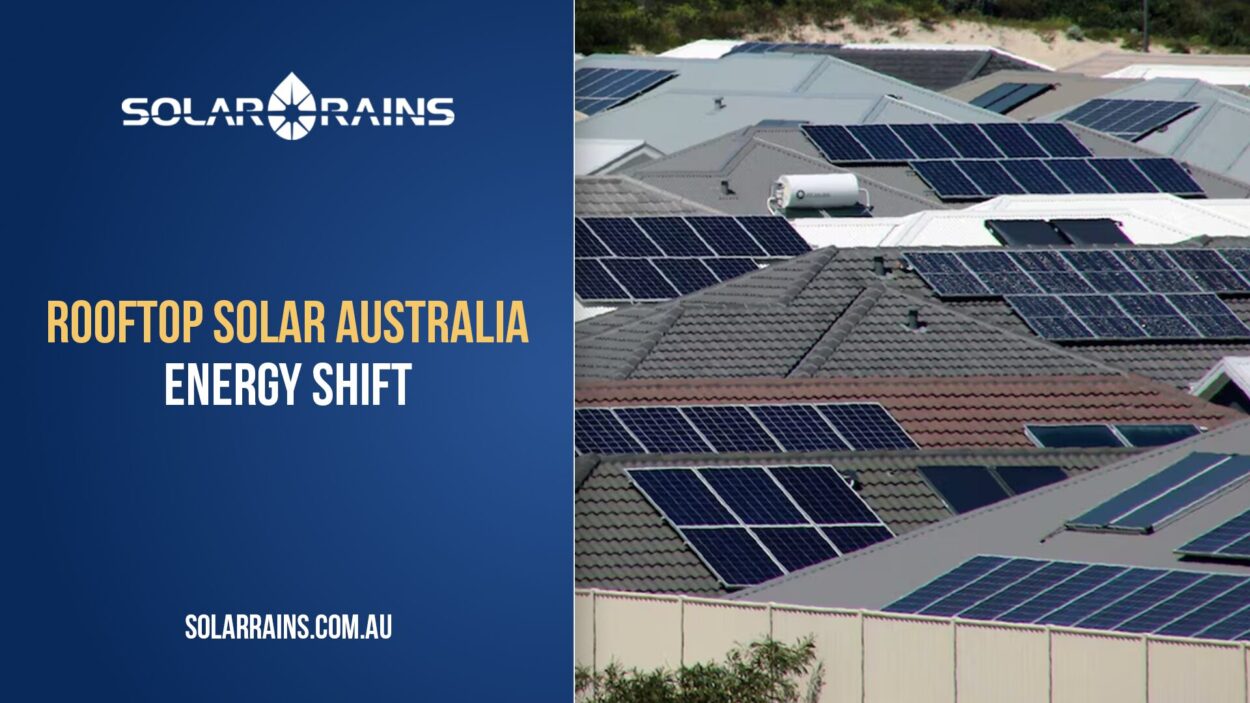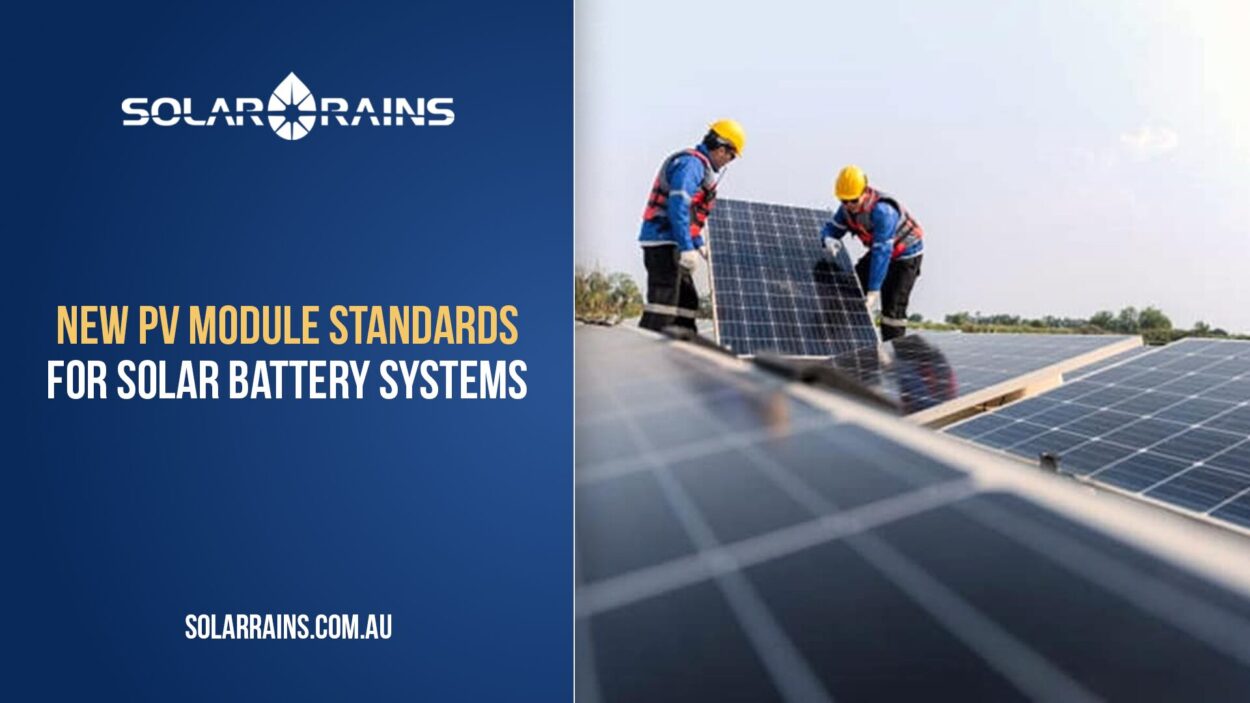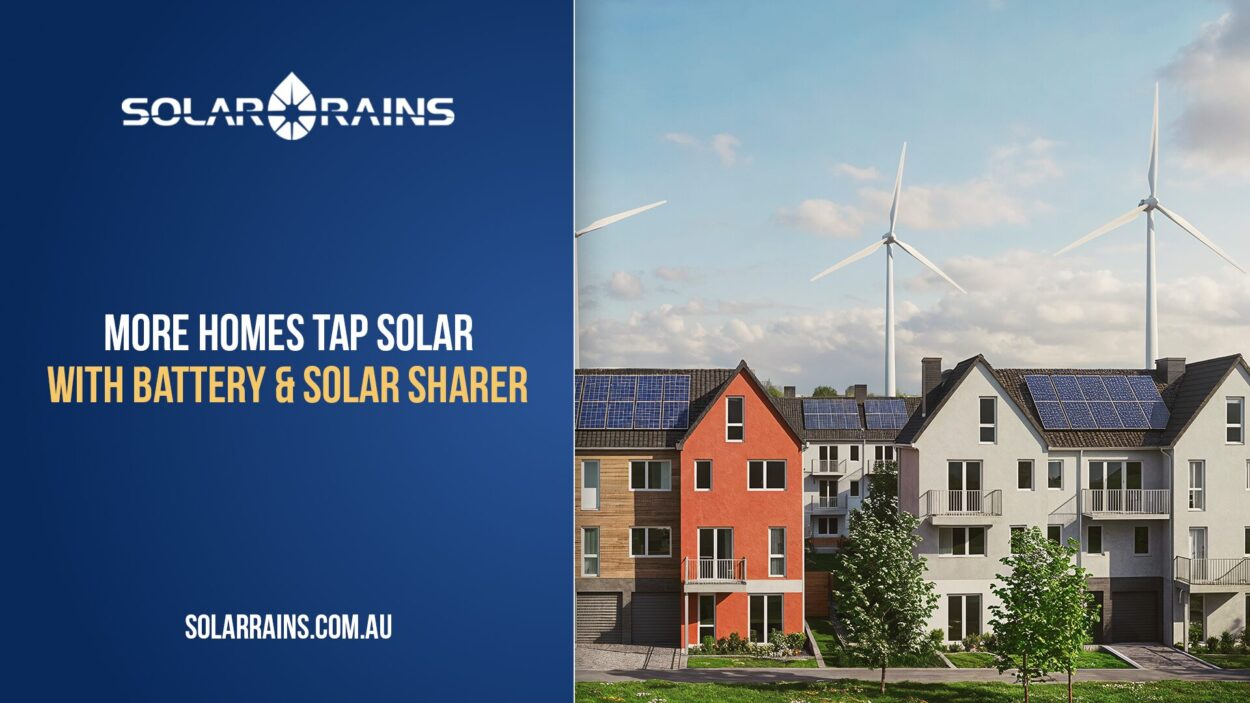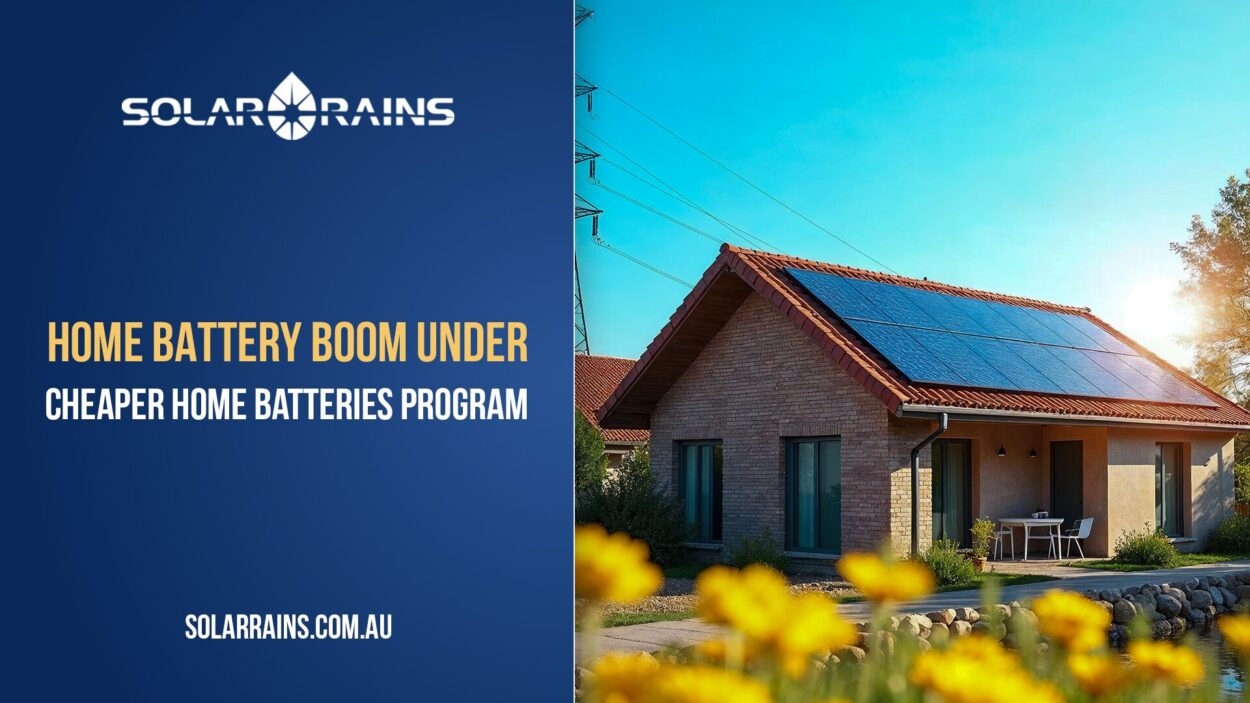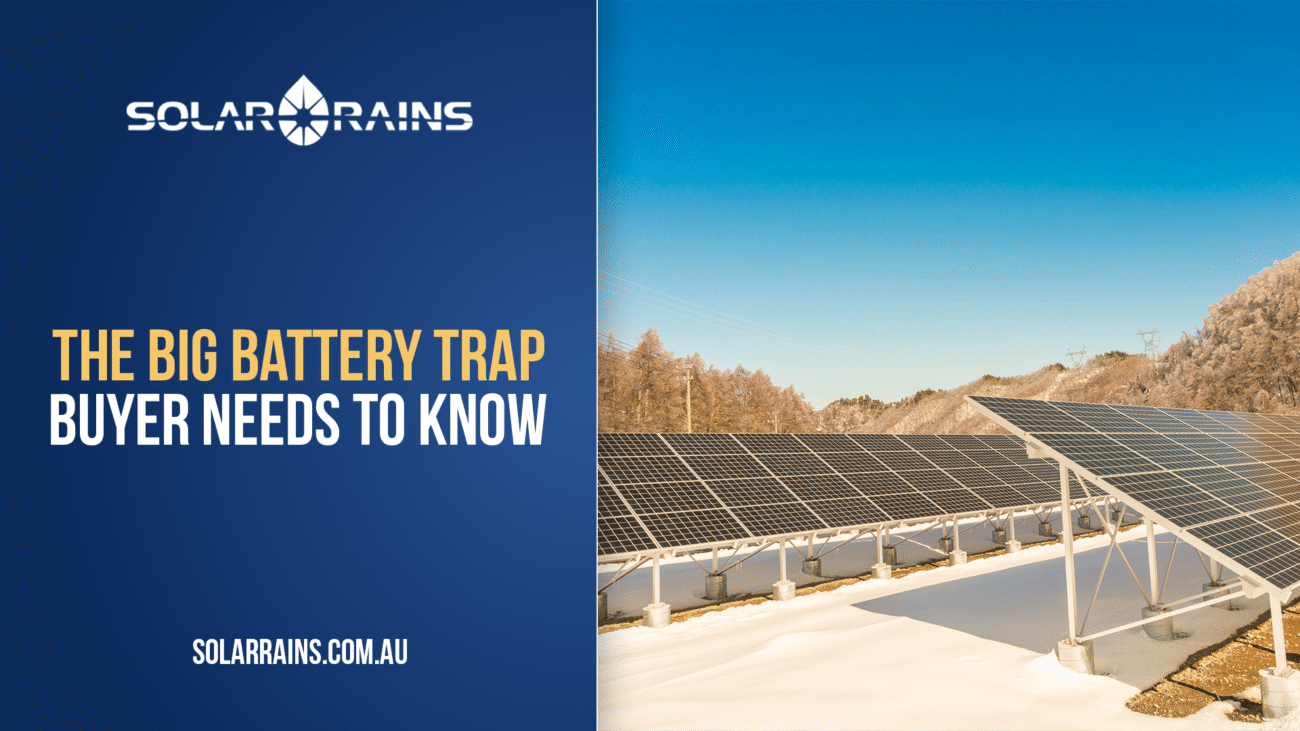Australia is experiencing a rapid shift in how households and businesses access clean energy. Rising electricity costs, more reliable solar products, and attractive rebates are pushing more Australians to consider long-term solutions like the hybrid solar system.
Unlike traditional solar setups, hybrid solar systems integrate a solar battery with solar panels and smart controls. This approach not only reduces grid dependency but also offers resilience against power outages and higher energy autonomy.
In this blog, we’ll explain exactly what hybrid solar systems are, how they work, and why they’ve become a popular choice for both homeowners and small businesses in Australia. We’ll also explore their benefits, drawbacks, and real-world applications, drawing on insights from trusted sources and Solar Rains’ expertise as a leading solar supplier.
What Is a Hybrid Solar System?
A hybrid solar system combines solar panels, a hybrid inverter, and a solar battery into one cohesive energy setup. Here’s what sets it apart:
- Solar panels generate DC electricity from sunlight.
- A hybrid inverter converts DC to AC for household use, but also intelligently routes excess power to a hybrid battery or back to the grid.
- The system remains connected to the grid, ensuring power is always available—even when solar generation or stored energy falls short.
This contrasts with:
- On-grid systems, which feed excess energy into the grid but have no battery backup.
- Off-grid systems, which rely solely on solar and battery storage, plus backup generators.
Hybrid systems offer flexibility, efficiency, and resilience, making them increasingly popular among those seeking better solar battery integration and smarter energy use.
How Does a Hybrid Solar System Work?
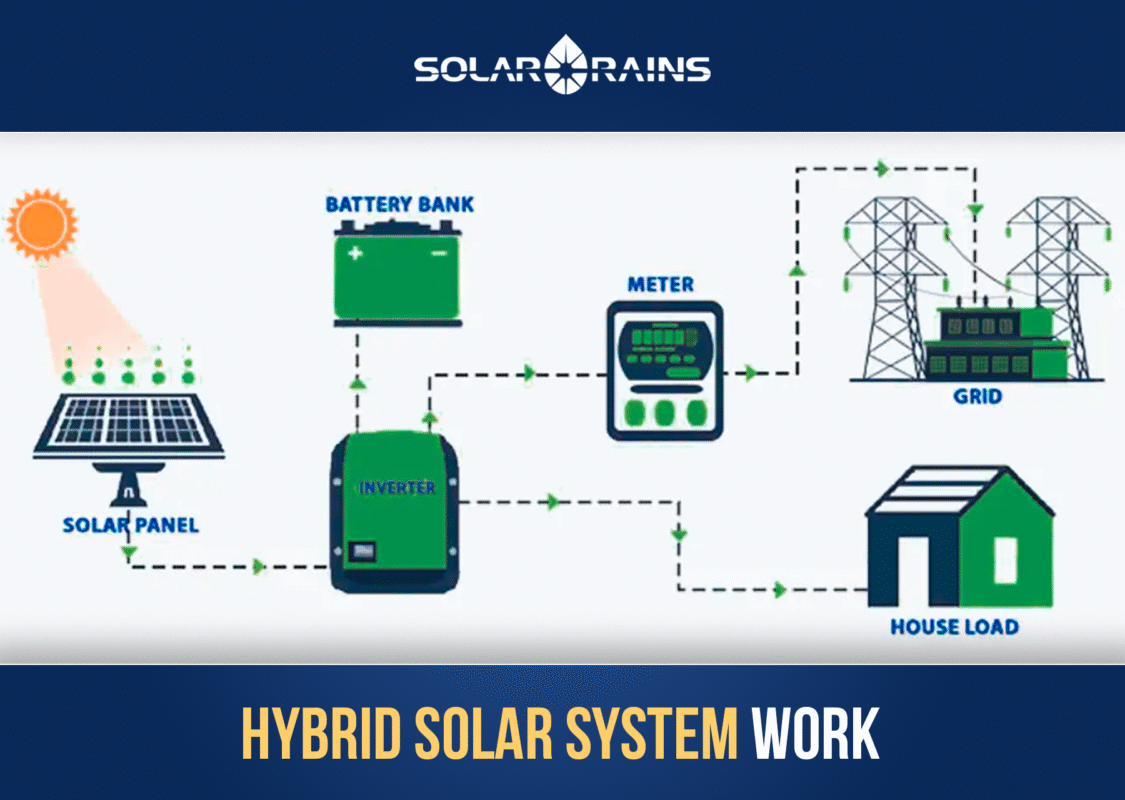
Let’s walk through a typical hybrid setup:
- Daytime Solar Generation
- Solar panels capture sunlight and generate DC power.
- This power is converted by the hybrid inverter and first used by appliances.
- Charging the Battery
- Any surplus energy charges the hybrid battery.
- Depending on settings, the battery may prioritize export to the grid (if feed-in tariffs are attractive).
- Night-Time & Peak Usage
- At night or during peak grid rates, the battery discharges stored electricity.
- The hybrid inverter seamlessly switches between solar, battery, and grid power.
- Grid Backup & Load Shifting
- If power goes out, a hybrid system with backup capability can continue powering selected circuits.
- Smart systems manage energy, shifting usage to economical or self-sufficient periods.
Through intelligent control and hybrid inverter algorithms, hybrid solar systems maximize usage of clean solar power while maintaining grid connection as a safety net.
Key Features of Hybrid Solar Systems
- Two-way Hybrid Inverter
- Manages both charging and discharging of the hybrid battery.
- Offers programmability for export, backup, or time-of-use preferences.
- Battery Integration
- Compatible with lithium-based systems like LFP or NMC.
- Often modular—so extra capacity can be added later.
- Backup Power Capability
- Some hybrid systems include an automatic switch to critical load during outages.
- Some hybrid systems include an automatic switch to critical load during outages.
- Smart Energy Management
- Onboard apps and dashboards allow tracking of generation, storage, usage, and savings.
- Expandable & Scalable Design
- Suitable for homes and small businesses, hybrid systems grow with needs—and still act as a solar product wholesale solution for installers.
Main Benefits of Hybrid Solar Systems
1. Lower Power Bills: Time-of-use pricing and peak tariffs make battery storage a smart investment. By storing solar energy and using it during expensive periods, households can save hundreds annually.
2. Energy Independence: With installed solar battery capacity, households rely less on the grid and more on their own generation.
3. Backup Power During Outages: Power disruptions are common in rural areas. Hybrid systems with backup circuits provide smooth operation during blackouts.
4. Stable Power Supply: Batteries supply clean, grid-quality power, protecting sensitive appliances.
5. Green Credentials: Hybrid systems help reduce carbon footprints—appealing to eco-conscious consumers and improving property value.
Combined, these advantages make hybrid solar systems a smart financial and environmental decision.
Advantages vs Disadvantages
| Advantage | Disadvantage |
| Lower grid dependence and power bills | Higher upfront cost than on-grid-only systems |
| Backup power in blackouts | Requires battery replacement or expansion over time |
| Scalable & modular deployment options | Installation requires hybrid inverter & battery compatibility |
| Smart monitoring and redundancy | Complex systems may need occasional maintenance or firmware updates |
| Incentives & rebates (SRES, state battery schemes) | Battery lifespan and warranty vary by brand |
Why Hybrid Solar Systems Are Trending in Australia
- Government support: Home battery rebate schemes and the potential inclusion of batteries in SRES are making hybrid systems more affordable.
- Energy pricing: Peak and shoulder electricity rates are increasing, making time-shifting energy via batteries cost-effective.
- Grid pressures: Rapid solar uptake has put stress on energy networks; hybrid systems ease this by reducing peak load.
- Technology maturity: Improved hybrid inverters and longer-lasting lithium batteries offer better performance and ROI.
- Environmental awareness: Australians increasingly embrace solar & solar battery solutions to reduce emissions and increase resilience.
Together, these factors make hybrid solar systems a compelling solution for energy-conscious households and small businesses in 2025.
Who Should Consider a Hybrid Solar System?
Hybrid solar systems are ideal for:
- Homeowners with high energy consumption, frequent blackouts, or those seeking independence from the grid.
- Small businesses and SMEs aiming to reduce electricity expenses & protect against supply disruptions.
- Remote or rural properties lacking reliable grid infrastructure.
- Environmentally minded consumers keen to reduce emissions and increase energy self-sufficiency.
If you’re a solar supplier or installer, hybrid systems offer great value products and project scalability.
Pro tip: Always choose a certified hybrid inverter and compatible solar battery. Solar Rains supplies trusted brands like Deye, Sungrow, and Swatten.
Applications & Future Prospects
Looking ahead, hybrid systems will play a central role in:
- Virtual Power Plants (VPPs): Bundling home batteries across regions for grid support services.
- Smart distributed grids: Hybrid systems support localised energy storage and reduce grid stress.
- Electric vehicle (EV) integration: Charging cars using stored solar power.
- AI-based energy optimisation: Smart automation can predict usage and use predictive weather/price data.
Australia’s energy strategy relies on clean, distributed generation and hybrid solar systems are at the heart of it.
FAQs
Yes. Especially with rising electricity prices and available rebates, hybrid systems often pay for themselves in 5–10 years.
Absolutely. Many solar systems can be retrofitted with a hybrid inverter and solar battery. Check compatibility with your panels and inverter brand.
Most lithium batteries (e.g., LFP) are rated for 10–15 years, or 6,000–10,000 cycles. Warranties vary by brand and battery capacity.
Minimal. But you should perform battery health checks annually, update firmware when available, and inspect connections.
Top recommended brands include Deye, Sungrow, Growatt, and Swatten—all available via Solar Rains.
Conclusion
A hybrid solar system brings together solar panels, batteries, and smart controllers to create a flexible, reliable, and efficient home energy system. It offers clear advantages: reduced power bills, grid independence, blackout protection, and environmental benefits.
While the investment is higher than a standard solar PV setup, the long-term savings, resilience, and potential rebates, especially in Australia, make it a compelling choice.
Whether you’re a homeowner seeking peace of mind or a small business preparing for future energy demands, hybrid solar systems provide a scalable, future-ready solution.
Next step: Visit Solar Rains to explore hybrid battery options, hybrid inverters, and tailored quotes. Let’s build a smarter, greener energy future together.

